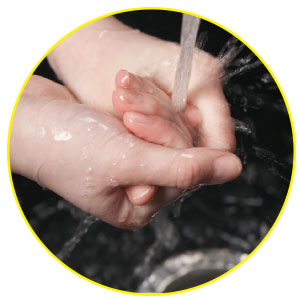Imagine you’re biking with friends when suddenly, thud! Your friend is on the ground—and she looks hurt. Would you know what to do?
If your first reaction is to call 911, that’s a great impulse. But some injuries don’t require a trip to the ER. That’s when knowing basic first aid skills can help.
“In the case of an emergency, having first aid knowledge may give you the confidence to step up and help out,” says Dr. Jeffrey Upperman. He’s a pediatric surgeon.
That’s why it’s smart to learn about the items in your first aid kit before you need them. Don’t have a first aid kit? We’ve got you! This guide will teach you about basic first aid tools and techniques—and how to use them.



